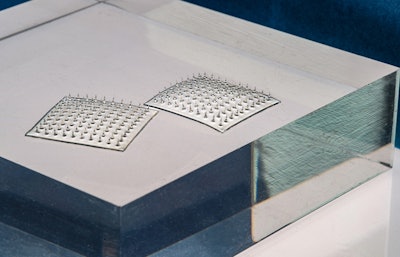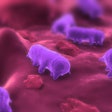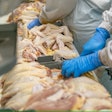
Engineers at the Massachusetts Institute of Technology (MIT) have designed a food sensor able to sample meat, poultry and other food products for spoilage and bacterial contamination.
“Smart packaging technology providing real-time food information can prevent economic damage to the industry during an outbreak of food pathogen,” explained Benedetto Marelli, the Paul M. Cook Career Development Assistant Professor in MIT’s Department of Civil and Environmental Engineering.
More than 48 million people in the U.S. get sick each year from eating or drinking food or beverages contaminated with pathogens, chemicals or toxins, such as E. coli.
“An accurate system to monitor in real time food pathogens and provide a feedback to the user alert will prevent large food recall orders and increase consumers’ trust on food industry. Our technology could, for example, be integrated on of individual packaging or earlier on in the supply chain,” Marelli said.
How it works
The sensor is comprised of a color-changing array of silk microneedles that are molded from a solution of edible proteins found in silk cocoons.
“The needles can be injected into the food, sucking food fluid into their porous structure and then delivering the fluids to the backside of the array, enhancing the sampling of pathogens, antigens and toxins. On the backside, we printed a bioink that changes its color from blue to red upon the detection of food pathogens. By reading the color changes of printed bioinks in text patterns, consumers can easily read the food information,” Parelli said.
“We are still working on to improve sensing speed by modifying microneedle structures and targeting smaller molecules, instead of direct detecting of pathogenic viruses.”
Tested in fish
The researchers have already tested the new sensor technology for spoilage and the presence of E. coli on a fish fillet in a study that was recently published in Advanced Functional Materials.
“In principle, the microneedle device can be applied to any food, including poultry products. To do so, we would need to develop a sensing ink that works well with poultry and can detect both spoilage and contamination in that environment,” Marelli said.
Like what you just read? Sign up now for free to receive the Poultry Future Newsletter.

















